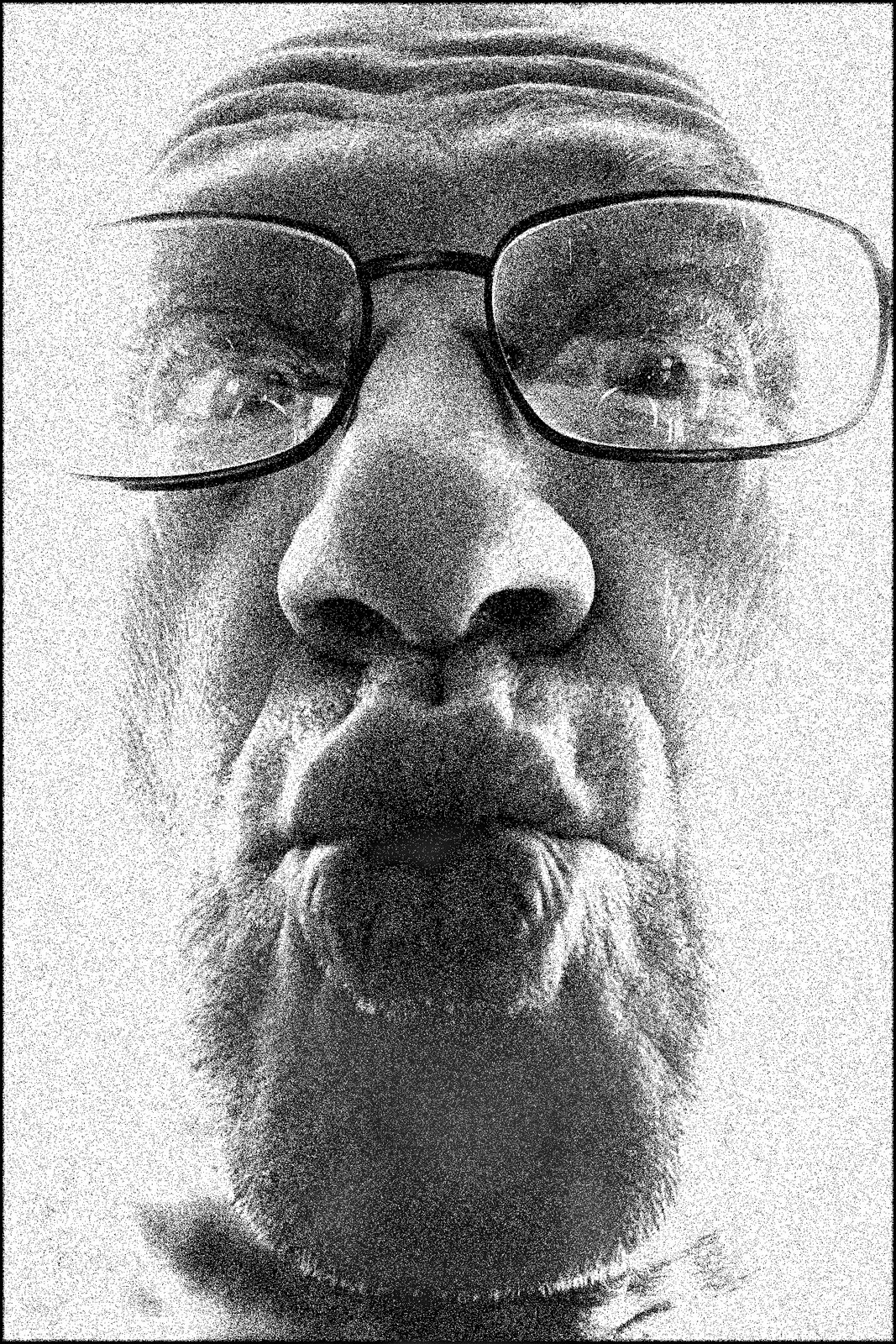Anatoly Makienko
 © Anatoly Makienko
© Anatoly Makienko
About The Artist:
Anatoly Makienko (b. 1949) joined the Vremya group in 1974, after it had been active for a few years. Most of his work in the 1970's and early 1980's was technically photographics (a 1960's trend in Soviet photography), but thematically was a far cry from traditional sun-rays-through-tree-tops, serene snowy landscapes or geometrical industrial structures. Makienko shared the group's passion for socially engaged photography, and his high contrast b/w prints with linear compositions depicted street scenes, people, and everyday life.
In the late 1980's Makienko abandons photographics. “He was reluctant 'to destroy the plasticity of the tonal image with the unequivocal black-and-white planes,' so his interest in this technique was short-lived,” T. Pavlova writes in her (2014) essay. The artist's new inspiration was black and white toned or hand-colored pictures of deteriorated suburban city parts. One doesn't need to look for extraordinary subjects or unique locations to make a work of art, he claims, everything you need is where you are. “Most pictures show the realities of the Kharkiv Tractor Plant housing development, where the author has lived his whole life. The gigantic Constructivist development was supposed to be a prototype for a Communist “residential machine.” Once Kharkiv ceased being a capital of the Soviet Ukraine in the 1930s, the “Tractor City” quickly degenerated into a zone of entropy and an environmental nightmare” (T. Pavlova, op. cit.).
Adding color to an originally b/w photograph becomes a popular technique in Kharkiv photography in the late 1980's as a conceptualist response to the complexity and expensiveness of the color process. Pioneered in Victor Kochetov’s brutal kitsch parody on the social realism doctrine, it later took various forms, from chemical toning using intensifiers to subtle highlighting of a certain detail of the image. Makienko used chemical toning, color pencils and markers, and acrylic paint to colorize his black and white prints.
View Portfolio: Untitled
We welcome your comments. VASA Exhibitions are the result of various curators, artist, and photographers.